“GROUND TO PIECES” IN THE CUT (1914)
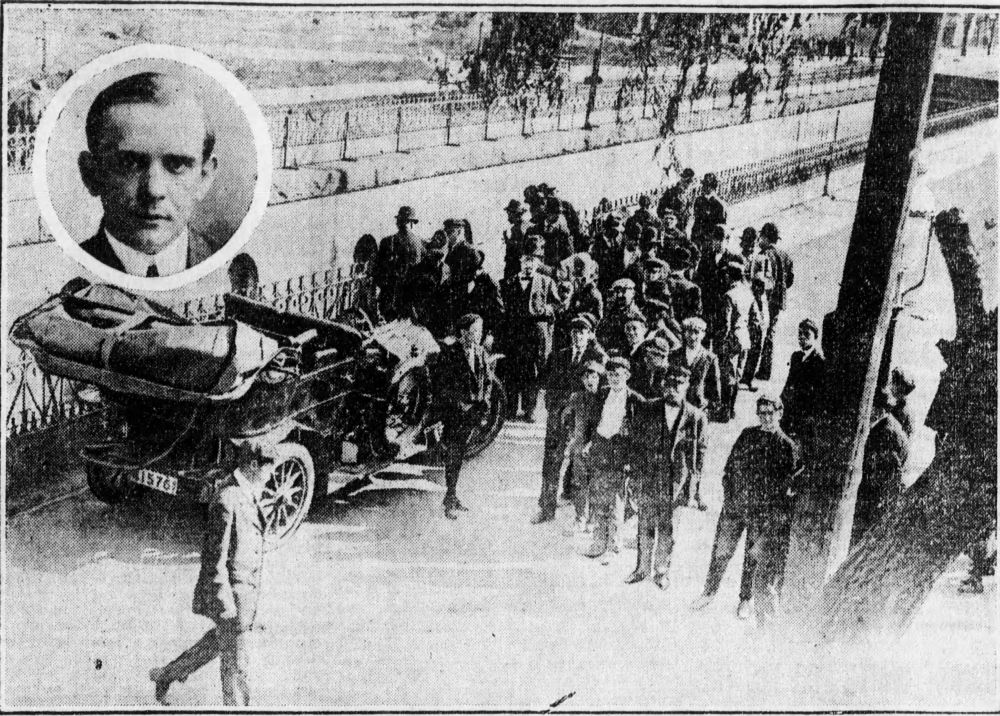
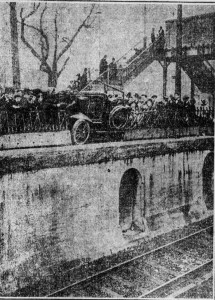
He and a boyhood “chum” were back from Coney Island at about 1 a.m. when the automobile they were traveling in ran into the low iron guard rail. Conly, the son of a prominent Brooklyn Democratic ward leader, was thrown from the vehicle and onto the tracks below.
He was killed instantly.
The Long Island Rail Road, which was not held accountable in court for the death, would later remove the light iron fencing and replace it with a thick concrete wall to prevent the same thing from happening again.
Just a month later, though, before they could eradicate the danger – it happened again.
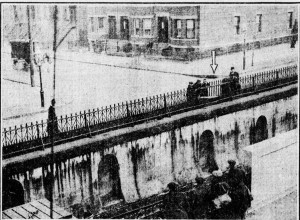
It wasn’t until 27 December 1914, though, that an automobile would plummet into the cut while a passing train “ground to pieces” a man and his automobile.
It had been traveling south on Howard Avenue towards Atlantic Avenue, when it crashed into the iron fencing. Unfortunately, the Long Island Rail Road had not found it necessary to build the same type “re-enforced” concrete wall on the north side of the cut (as it had on the south).
MITIGATING THE CUT
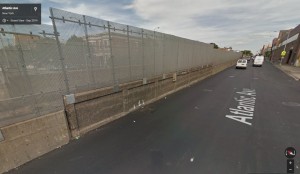
In place of the cast iron railing is a high cement guard that is approximately a foot and a half taller than the re-enforced cement guard both east and west of the Howard Avenue location.
The cement guard has since been topped off with a type of security chain-link fence designed to prevent passersby from throwing garbage down onto the tracks below – possibly to keep “jumpers” from making the plunge, or people from throwing things onto the track.
But why exactly was this happening back in the early 1900s. And why was it happening here?
A STUDY IN RAIL ROAD SAFETY
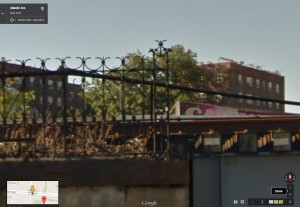
Further along it becomes fully and completely a subterranean railroad.
But it is that length of space where the railroad tracks sink virtually into this “cut” – yet do not disappear underground – that the railway had become most dangerous. Incidentally, it is also at this point where Howard Avenue intersects with this cut, running in a one-way direction – on both sides – towards Atlantic Avenue.
Howard, thus, is the only spot along this stretch (save Bancroft Place, where the cut is barely beginning) where – at one and the same time – there exists such a drop and the roadway – on both sides – leadings directly towards it.
THE FUTURE OF THE CUT
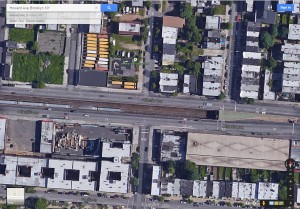
Some have posited that placing the entire railway underground would do much to correct the mistakes of the cut and, in so doing, beautify the surrounding area.
Atlantic Avenue, though, was never really meant to be a beautiful avenue developed for pleasure drives in the suburbs – but more of a utilitarian roadway to be used for getting somewhere. Broken up by myriad auto repair shops, tire stores, and warehouses – even back then – it started down the industrial path many years ago that it continues to occupy. As such, submersing this industrial behemoth would do little to enhancing the beauty of this particular landscape and much to tax our limited resources.
It is likely, therefore, that the “cut” will be with us for a while longer to come.
———————————————————————————————————————–
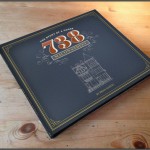 The story you have just read was composed from extensive historical research conducted by The Brownstone Detectives. We perform in-depth investigations on the historic homes of our clients, and produce for them their very own House History Books. Our hardbound books include an illustrated and colorful narrative timeline that will bring the history of any house to life. Contact us today to begin discovering the history of your home.
The story you have just read was composed from extensive historical research conducted by The Brownstone Detectives. We perform in-depth investigations on the historic homes of our clients, and produce for them their very own House History Books. Our hardbound books include an illustrated and colorful narrative timeline that will bring the history of any house to life. Contact us today to begin discovering the history of your home.